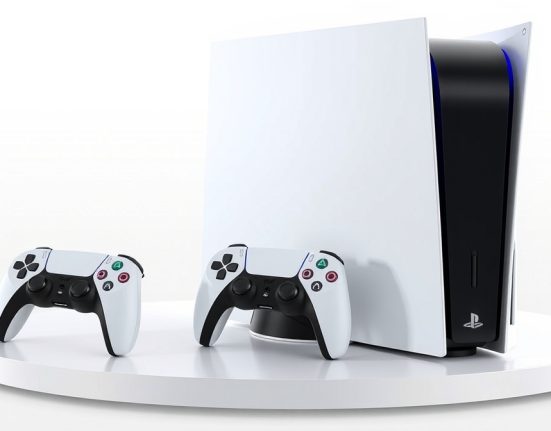The year 2025 has ushered in a significant transformation in the GPU market, with both NVIDIA and AMD releasing groundbreaking graphics cards that push the boundaries of performance, artificial intelligence integration, and energy efficiency.
NVIDIA: GeForce RTX 50 Series with Blackwell Architecture
In January 2025, NVIDIA unveiled its GeForce RTX 50 series, built on the new Blackwell architecture. This lineup includes the RTX 5090, RTX 5080, RTX 5070 Ti, and RTX 5070, all featuring fifth-generation Tensor Cores and fourth-generation Ray Tracing Cores.
RTX 5090: The Powerhouse
The RTX 5090 stands at the pinnacle of NVIDIA’s offerings, boasting 32GB of GDDR7 memory, 680 Tensor Cores, and 170 Ray Tracing Cores. With a total board power of 575W and over 3,352 trillion AI operations per second, it delivers up to twice the performance of the RTX 4090, thanks to the new DLSS 4 technology.
RTX 5060 Ti: Affordable Midrange Option
Launched in April 2025, the RTX 5060 Ti comes in 8GB and 16GB versions, priced at $379 and $429 respectively. It offers enhanced CUDA, ray tracing, and Tensor AI cores, supporting DLSS 4 with Multi Frame Generation, which boosts performance in supported games. Designed to replace popular models like the RTX 3060 and 4060, these cards are provided by third-party manufacturers.
AMD: Radeon RX 9000 Series with RDNA 4 Architecture
AMD introduced the Radeon RX 9000 series, based on its RDNA 4 architecture, focusing on improved power efficiency and high performance. The series includes the Radeon RX 9070 XT and RX 9070 graphics cards, both featuring 16GB of memory and extensive improvements designed for high-quality gaming graphics.
RX 9070 XT: Advanced Capabilities
The RX 9070 XT offers significant performance and efficiency upgrades, with revamped ray tracing accelerators and powerful AI accelerators for ultra-fast, cutting-edge performance. It supports AMD’s latest technologies, such as FidelityFX Super Resolution (FSR), to boost frame rates and image quality.
Conclusion
The GPU landscape in 2025 is marked by significant innovations from both NVIDIA and AMD. NVIDIA’s RTX 50 series, with its Blackwell architecture, emphasizes AI-driven enhancements and top-tier performance, while AMD’s Radeon RX 9000 series focuses on power efficiency and advanced gaming experiences. The choice between the two depends on individual needs, budget, and preferences, but both offer compelling options for gamers and professionals alike.










